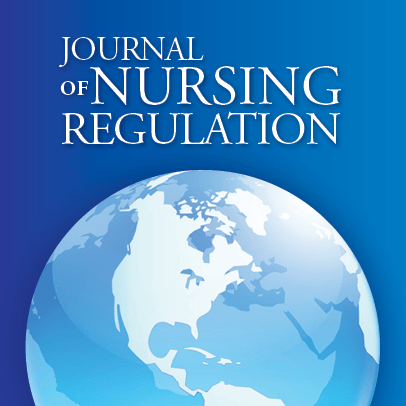
Journal of Nursing Regulation
A peer-reviewed, academic/professional journal that provides a worldwide forum for sharing research, evidence-based practice and innovative strategies and solutions related to nursing regulation and practice.

Research Grants & Scholar Opportunities
NCSBN offers funding opportunities for scientific research projects and offers future nurse leaders the opportunity to further their regulatory experience.



